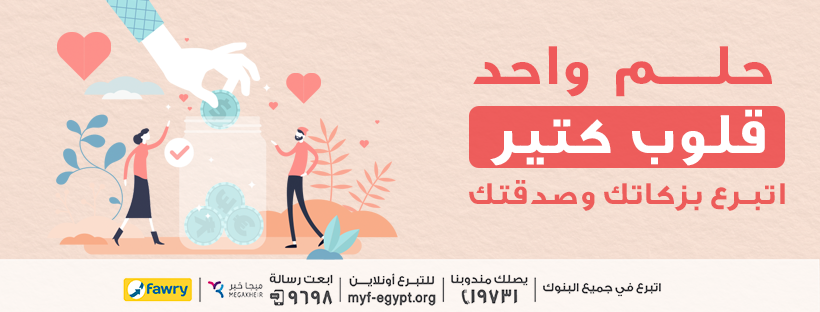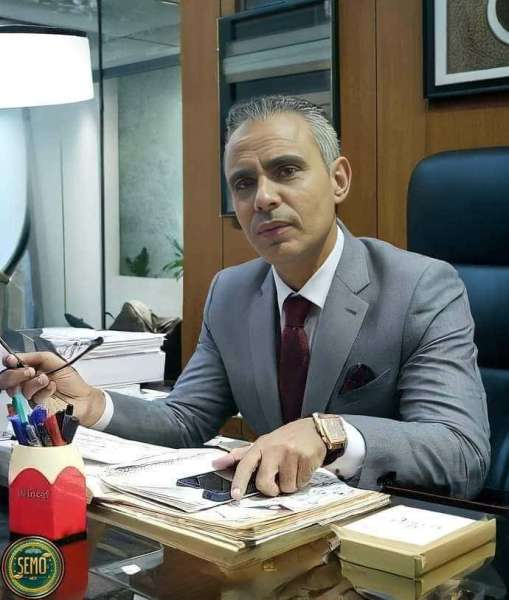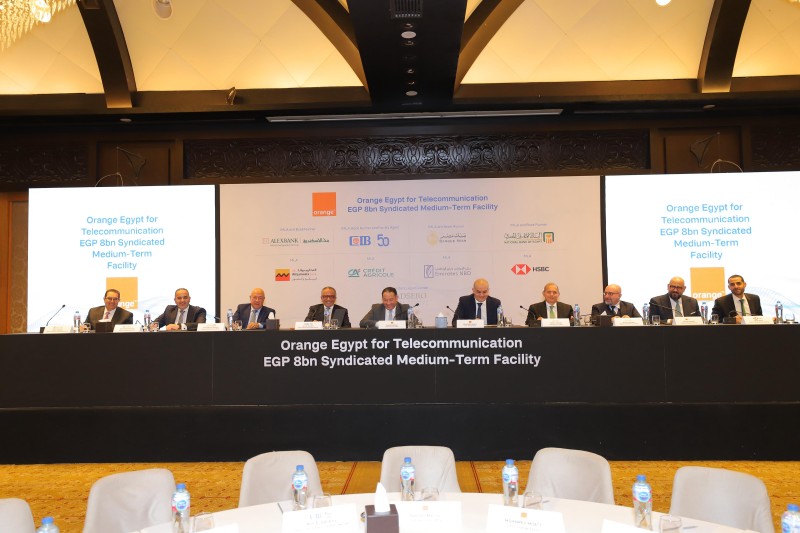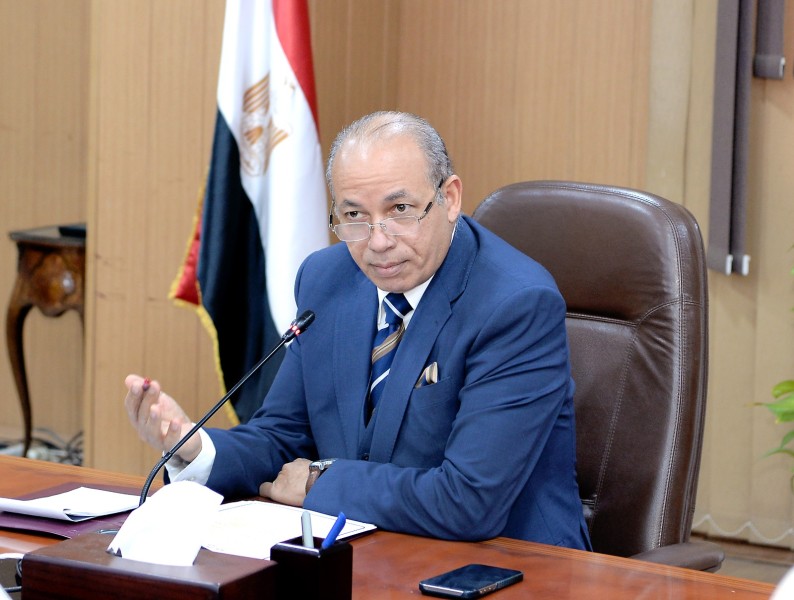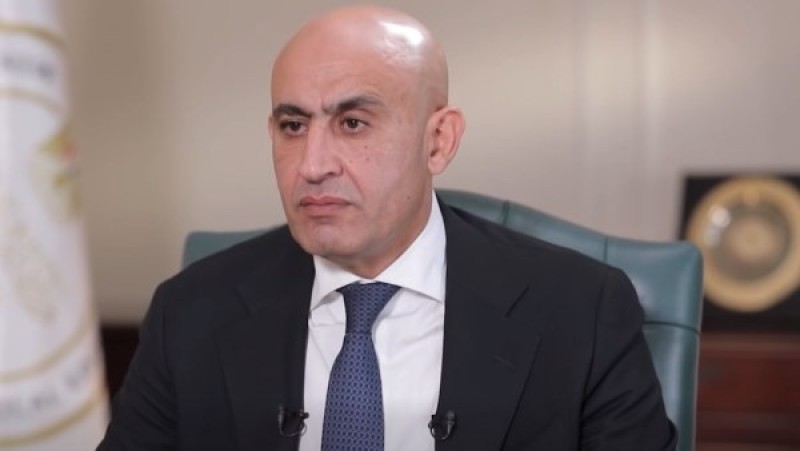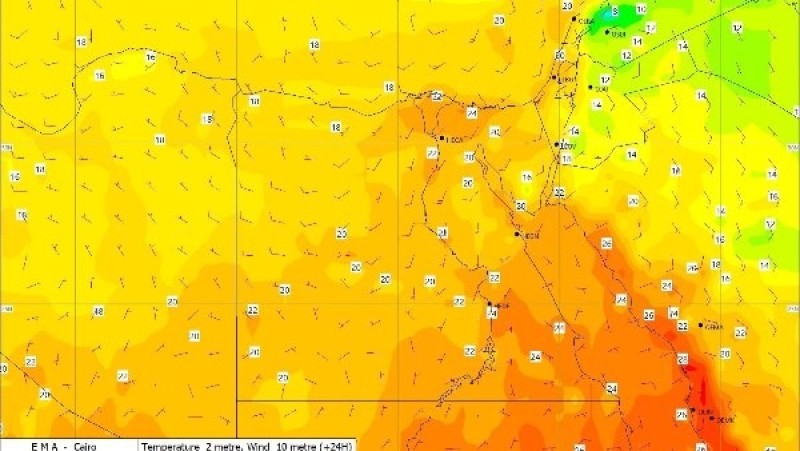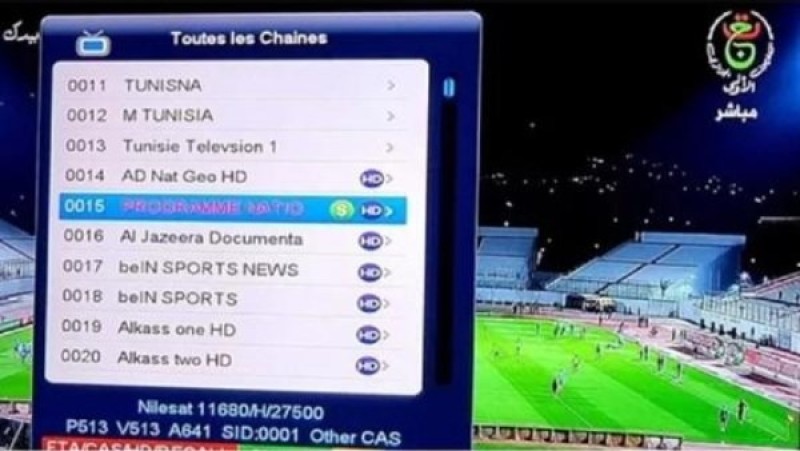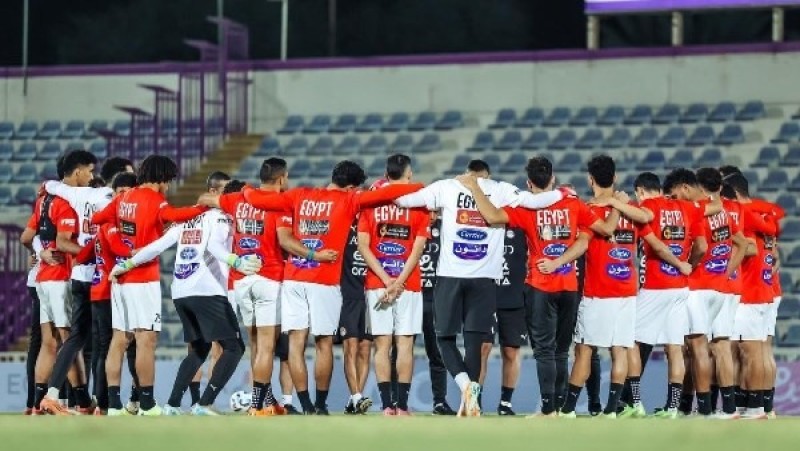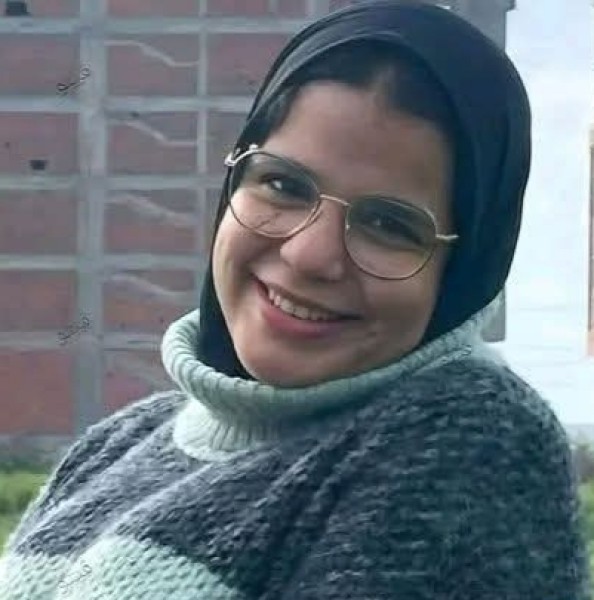تعرف على تاريخ الشرطة المصرية منذ عصر الفراعنة فى ” متحف الشرطة القومي”

في عام 1968، أفتتح الرئيس الراحل محمد حسني مبارك، متحف الشرطة، وأختار يوم 25 يناير الذي يوافق عيد الشرطة، يوما للافتتاح، أما المكان الذي يحمل المتحف،فكان قلعة صلاح الدين.
أما الهدف من إنشاءه، أن يحمل مقتنيات جهاز الشرطة المصري، منذ نشأته الأولى في العصور الماضية، و حتى وقتنا الراهن.
ويضم المتحف ستة قاعات هي: قاعة الشرطة في العصر الفرعوني، والتي تتضمن نماذج لأسلحتها في ذلك العهد، وتشمل مجموعات من السهام والدروع والأقواس والبلط، بالإضافة الى لوحات جصية تلقى الضوء على نشاط الشرطة في مصر الفرعونية، ومن أبرز المعروضات بهذه القاعة نموذج لقارب من الخشب به عشرة بحارة يمثلون الشرطة النهرية في العصر الفرعوني والذي يماثل حالياً شرطة المسطحات المائية حيث عرفت الشرطة النهرية تحديدا في عهد الملك مينا أو نارمر عام 3000 ق.م، وقاعة أخرى مخصصة للشرطة في مصر الإسلامية، ويُعرض بها أسلحة من العصور الإسلامية المختلفة وشعارات الشرطة في كل عصر منها، مثال طبنجة بدائية الصنع مصنوعة من الحديد والخشب، وقد زخرف المقبض بزخارف نباتية مكفته بالذهب، تُعمر من الفوهة، وتعمل بنظام الفونية ومداها الفعال قصير للغاية، وهي تُعتبر من أولى الأسلحة النارية التي حلت محل الأسلحة التقليدية آنذاك كالسيف.
كما تعرض هذه القاعة لوحات توضح الزي الشرطي في العصر العثماني مثال للوحة فنية لثلاثة أشخاص هم (جندي، قائد عسكر المشاة، حارس)، ولوحة لأربعة أشخاص هم شرطيان، مساعد الملازم الأول للمعسكرات، ضابط القصر.
فضلا عن وثيقة أثرية نادرة لمحاكمة من العصر العثماني وتتضمن حكم صادر بتاريخ 3/4/1678 من الحاكم الشرعي لمحكمة أبريم، يقضي بدفع دية وقدرها خمسمائة دينار لشخص يُدعى أحمد خليل تعويضًا عن شلل في يده، وفقد بعض أصابعه، لقيام أحد الأشخاص ويُدعى أحمد بن بهرام بضربه بالسيف على يده، وكذلك قاعة السلاح والاغتيالات السياسية، وقاعة الجرائم الاجتماعية مثل قضية ريا وسكينة الشهيرة، فضلا عن الابطال الشعبين مثل أدهم الشرقاوي الذي عاش بقرية زبيدة مركز إيتاي البارود في محافظة البحيرة بمصر، ويعرض المتحف نبذه مختصرة عن قصة كفاحه ونضاله ضد الاحتلال البريطاني.
وقاعة الإسماعيلية التي تستعرض ملحمة الشرطة ضد الاحتلال الإنجليزي. وتتضمن ماكيت يجسد أحداث معركة الاسماعيلية بين الشرطة المصرية المحصنة بالداخل والقوات البريطانية المحاصرة بالخارج، وعدد من الأسلحة التي استخدمت في المعركة، إضافة إلى البهو الرئيسي الذي يعرض مجموعة من التماثيل التي تجسد زي الشرطة المصرية ومراحل تطورها بداية من العصر المملوكى حتى العصر الحديث.
كما يزين جدران البهو الرئيسي صور تجسد وزراء الداخلية منذ الفترة الملكية وحتى وقتنا الحالي أمثلة: حسين رشدى باشا وعدلي يكن باشا وعبد الخالق ثروت ....." العصر الملكي"، فؤاد سراج الدين باشا وزكريا محي الدين وعباس رضوان وعبد العظيم فهمي وشعراوى جمعة ومحمد النبوى إسماعيل وأحمد رشدى وزكي مصطفي بدر ومحمد عبد الحليم موسي وحسن الألفي...... وحبيب العادلي " منذ ثورة 1952 وحتى عقب ثورة 25 يناير 2011". بالإضافة إلى مجموعة من أوسمة الشرطة، كما قامت إدارة الداخلية بإعداد موجز عن دور مباحث الآثار وتشريعات حماية التراث الأثري وبعض العملات المزورة والآلات المستخدمة في التزوير.
هذا إلى جانب مبنى الإطفاء والذي يضم أقدم عربات الإطفاء التي استخدمت في مصر، حيث يعرض أربع عربات للإطفاء ترجع لعصور تاريخية متتالية من العصر العثماني وعصر محمد على والعصر الحديث.
مرسى ”جواسيس” شاهد على أول اتفاقية تجارية فى التاريخ بين الفراعنة وبلاد بونت
In 1968, the late President Mohamed Hosni Mubarak inaugurated the Police Museum, and chose January 25, which coincides with Police Day, as the day of its opening, and the place that holds the museum was the Citadel of Saladin.
As for the purpose of its establishment, to carry the holdings of a
The Egyptian Police Service, from its first inception in past ages, until the present time.
The museum includes six halls: the police hall in the Pharaonic era, which includes models of its weapons in that era, and includes collections of arrows, shields, bows and tiles, in addition to frescoes that shed light on police activity in Pharaonic Egypt, and among the most prominent exhibits in this hall is a model of a wooden boat It has ten sailors who represent the river police in the Pharaonic era, which is now similar to the water bodies police, as the river police were known specifically during the reign of King Mina or Narmer in 3000 BC, and another hall dedicated to the police in Islamic Egypt, and displays weapons from different Islamic eras and police slogans in Each era of it, the example of an improvised tabernacle made of iron and wood, the handle was decorated with vegetal motifs inlaid with gold, aged from the mouth, and operated by a von system, and its effective range was very short, and it was considered one of the first firearms to replace traditional weapons at that time such as the sword.
This hall also displays paintings showing the police uniform in the Ottoman era, an example of a painting of three people (a soldier, an infantry commander, a guard), and a painting of four people who are two policemen, the assistant lieutenant of the camps, the palace officer.
In addition to a rare archaeological document for a trial from the Ottoman era that includes a ruling issued on 3/4/1678 by the Sharia ruler of the Court of Abrim, deciding to pay a blood money of five hundred dinars to a person named Ahmed Khalil as compensation for paralysis in his hand, and he lost some of his fingers, due to the rise of one of the people called Ahmed Bin Bahram hit him with a sword on his hand, as well as the Hall of Weapons and Political Assassinations, and the Hall of Social Crimes such as the famous Raya and Sakina case, as well as the popular heroes such as Adham Al-Sharqawi who lived in the village of Zubaida, Itay Al-Baroud Center in Al-Buhaira Governorate, Egypt, and the museum presents a brief summary of the story of his struggle and struggle against the occupation British.
And Ismailia Hall, which reviews the police saga against the British occupation. It includes Maket that embodies the events of the Ismailia battle between the Egyptian police fortified inside and the British forces besieged abroad, and a number of weapons used in the battle, in addition to the main foyer that displays a group of statues that embody the Egyptian police uniform and its stages of development from the Mamluk era until the modern era.
The walls of the main lobby are also adorned with pictures embodying the interior ministers from the royal period to the present day. Examples: Hussein Rushdi Pasha, Adly Yakan Pasha and Abdel Khaleq Tharwat ..... "The Royal Age", Fouad Serageldin Pasha, Zakaria Mohiuddin, Abbas Radwan, Abdel-Azim Fahmy and Shaarawy Juma Muhammad al-Nabawy Ismail, Ahmed Rushdi, Zaki Mustafa Badr, Muhammad Abd al-Halim Musa, Hassan al-Alfi ... and Habib al-Adly "from the 1952 revolution until after the January 25, 2011 revolution." In addition to a set of police decorations, the Ministry of Interior has also prepared a summary of the role of antiquities investigations, legislation to protect the archaeological heritage, some forged currencies and the machines used in forgery.
This is in addition to the firefighting building, which includes the oldest fire trucks used in Egypt, as it displays four fire engines dating back to successive historical eras from the Ottoman era, the era of Muhammad Ali and the m





